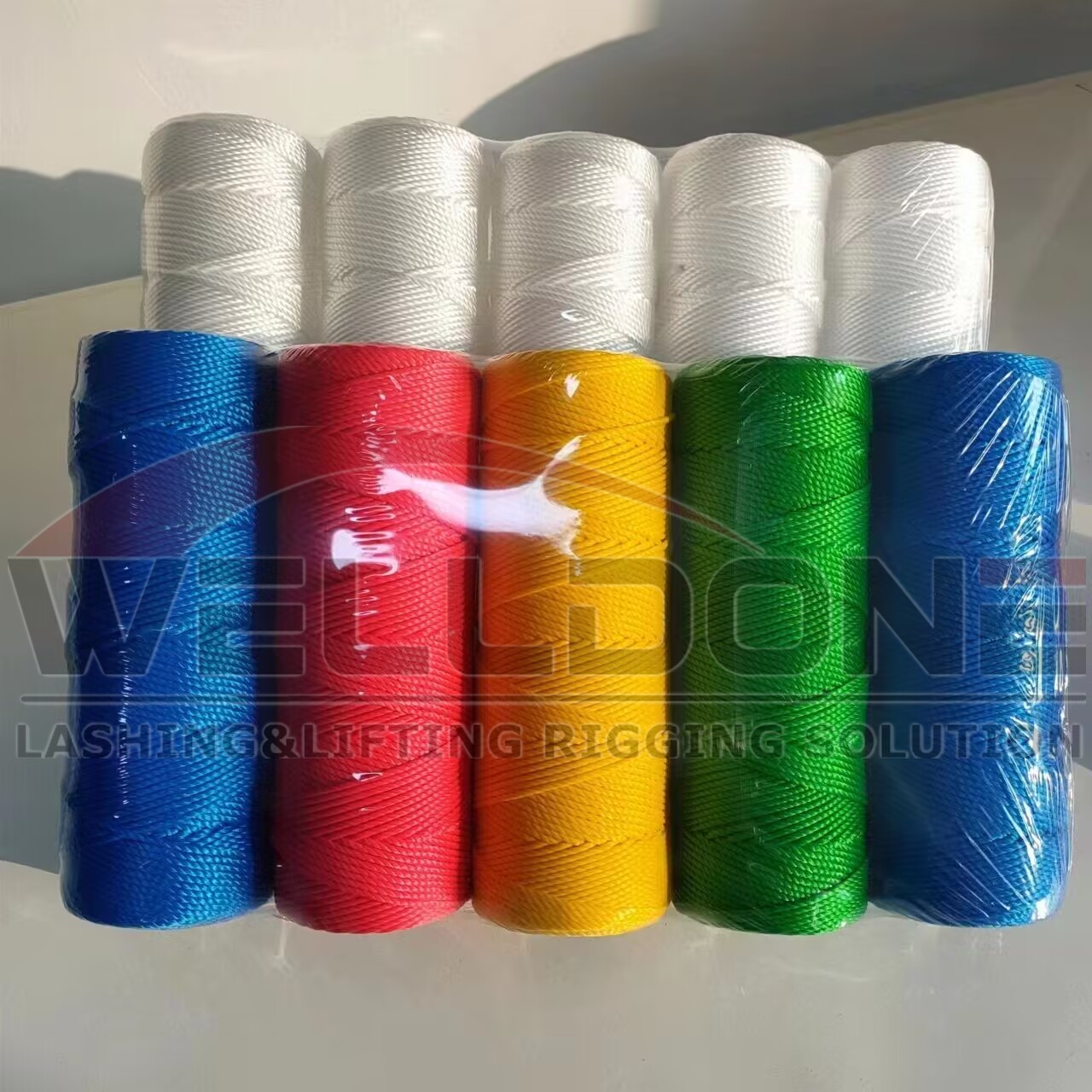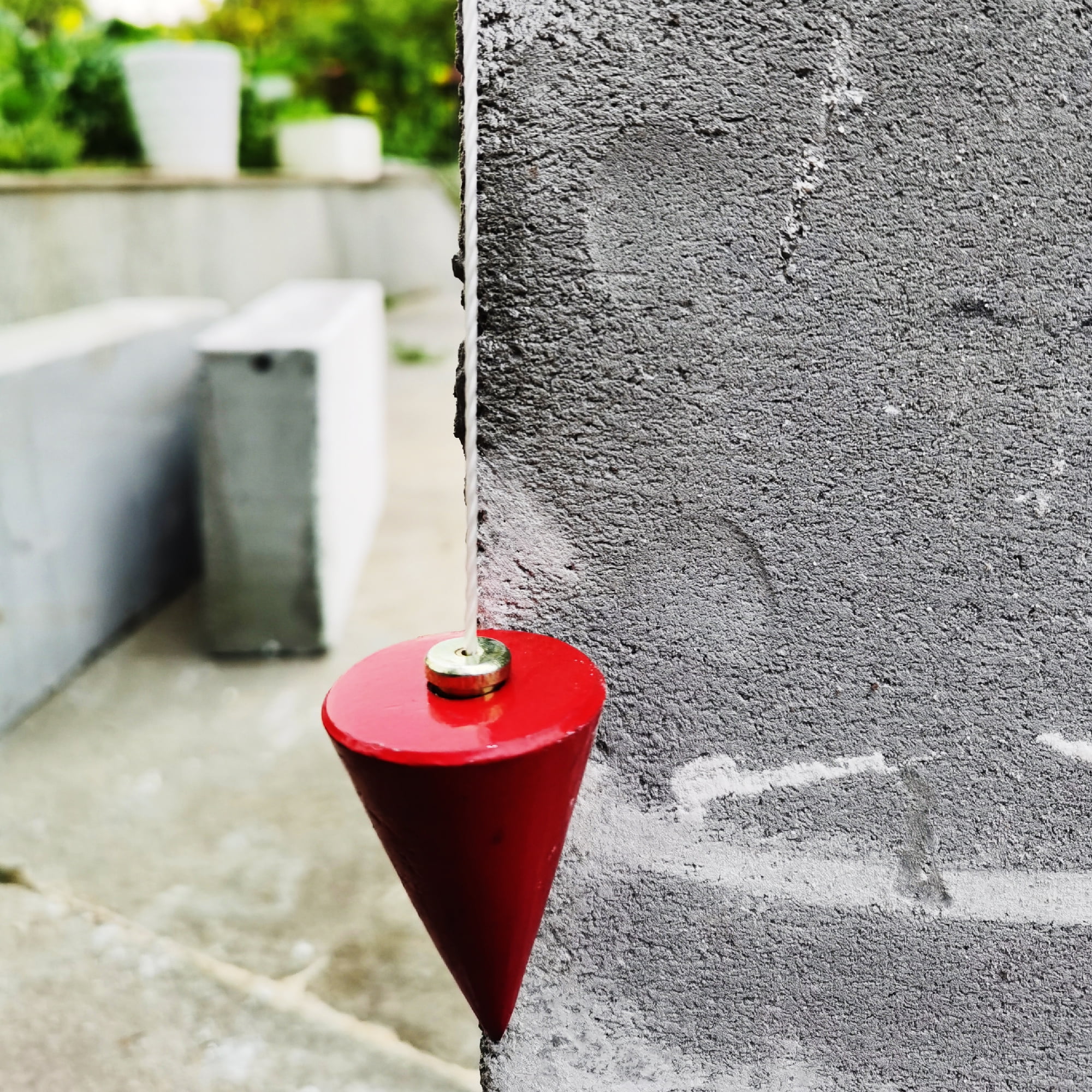Colorful Polypropylene Twisted PP Masonry Twine Mason Line Construction String for Building
Mason line, also called masonry twine is a simple yet indispensable tool in construction, landscaping, and DIY projects. Often overlooked due to its lightweight appearance, this strong and durable cord plays a critical role in achieving accuracy, alignment, and precision. Whether used by professional masons, contractors, or homeowners, mason line ensures straight lines, level layouts, and reliable measurements in a wide range of applications.
Mason line is a high-strength cord typically made from nylon, polyester, or polypropylene. It is specially designed to resist stretching, withstand outdoor elements, and maintain superior tension. Its bright color—commonly fluorescent orange, yellow, or pink—enhances visibility in all lighting conditions, making it ideal for job sites.
Key Features:
1. High Tensile Strength
Mason line is designed to hold tension without sagging, ensuring accurate leveling and alignment.
2. Weather-Resistant
It resists moisture, UV rays, and abrasion, ensuring long-lasting performance in outdoor conditions.
3. Low Stretch
Minimal stretching is important for keeping lines straight and measurements consistent.
4. Easy to Handle and Knot
Nylon and polyester mason line materials are smooth yet sturdy, allowing secure knots that won’t slip.
5. Excellent Visibility
Bright colors make it easy to spot from a distance, enhancing safety and accuracy on the worksite.
Common Uses of Mason Line
1. Masonry & Bricklaying
Mason line is traditionally used to ensure bricks, blocks, or stones are laid in straight, level rows. It serves as a visual guide stretched between two points.
2. Landscaping & Gardening
Used to outline garden beds, walkways, fences, or patios, mason line helps in establishing straight boundaries during layout and excavation.
3. Construction Layout
Mason line is critical when marking foundations, aligning posts, and setting out structures with precision.
4. Carpentry & Frame Alignment
It helps check straightness and squareness during framing, decking, and installation projects.
5. DIY Projects
Whether creating string art, leveling wall decor, or planning outdoor features, mason line ensures accuracy for home improvement enthusiasts.
How to Use Mason Line Properly
Step 1: Secure Anchor Points
Attach the line to stakes, nails, or line blocks at both ends of your working area.
Step 2: Apply Tension
Pull the line tight to eliminate sagging. Proper tension ensures accuracy.
Step 3: Check for Level
Use a line level, bubble level, or laser to confirm the line is perfectly horizontal.
Step 4: Follow the Line as a Guide
Lay bricks, posts, or edges according to the line to maintain alignment.
-
Cautions:
-
Store mason line in a dry place to preserve tensile strength.
-
Avoid cutting with dull tools to prevent fraying.
-
Inspect regularly for wear or stretching before each use.
-
Use a spool or reel to keep the line neatly wound and tangle-free.
-
Application:

















